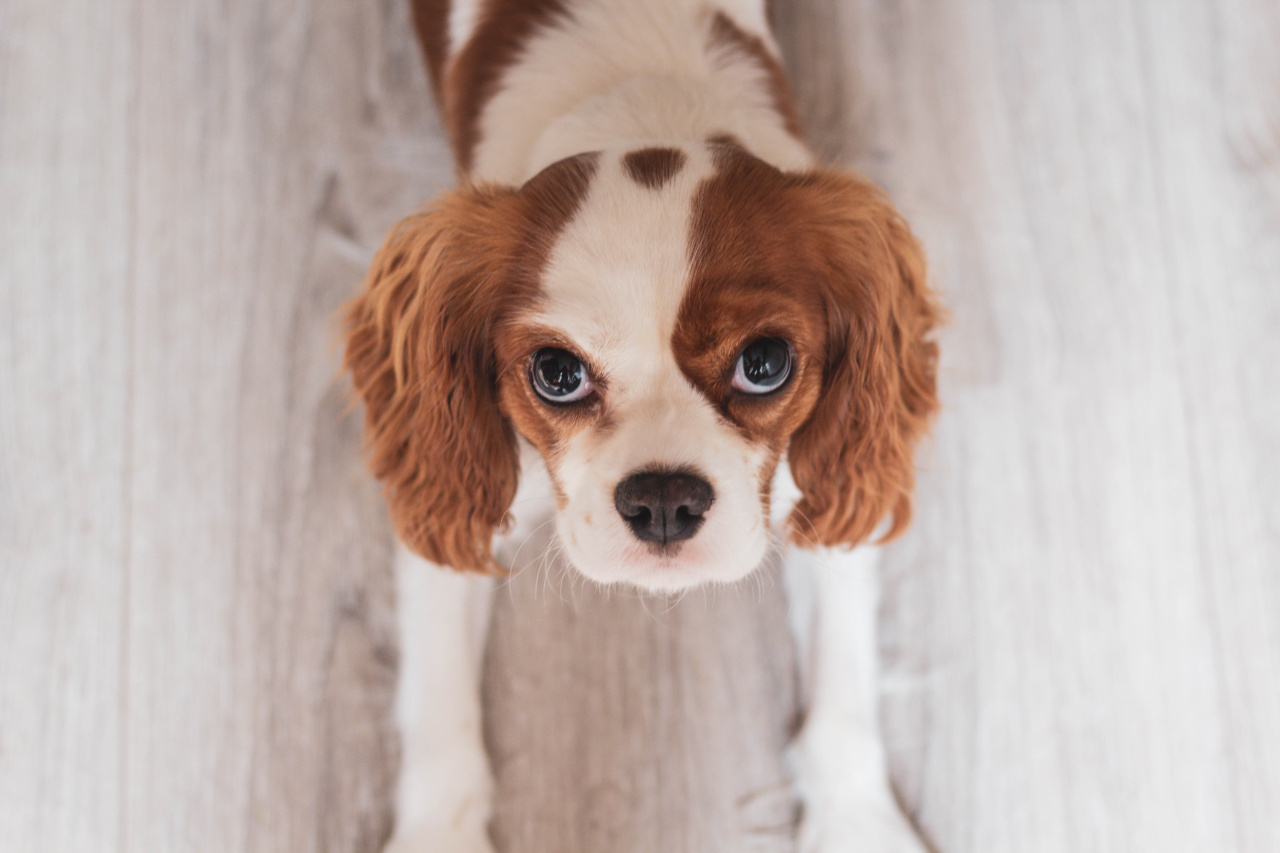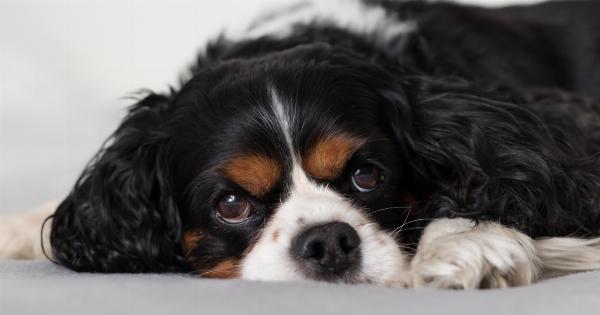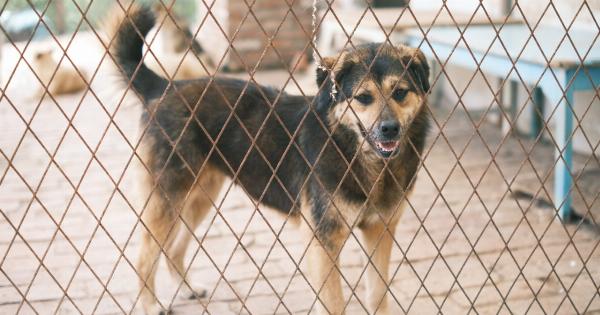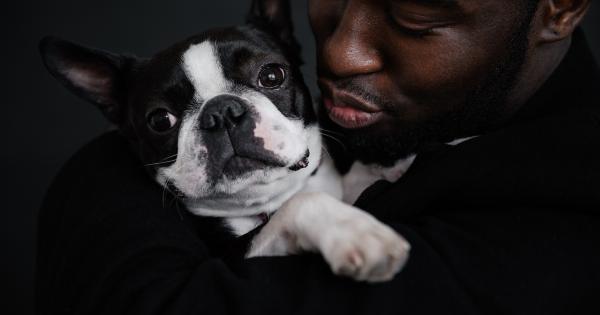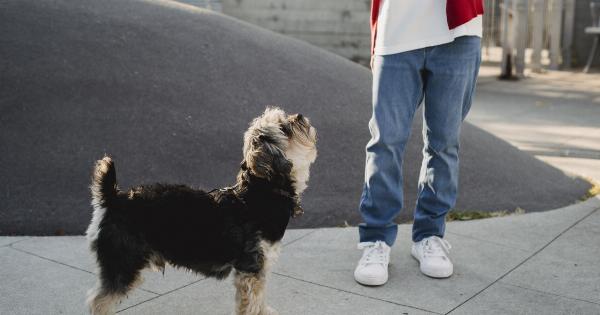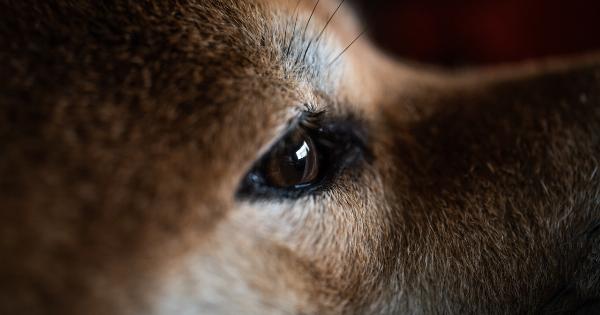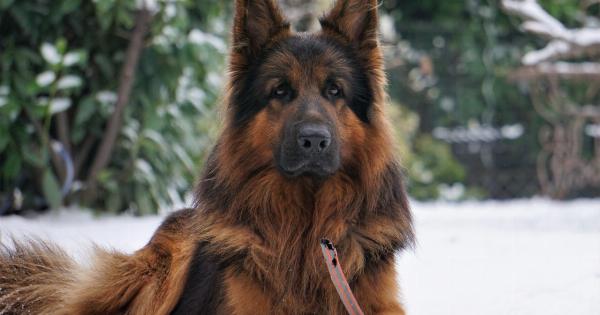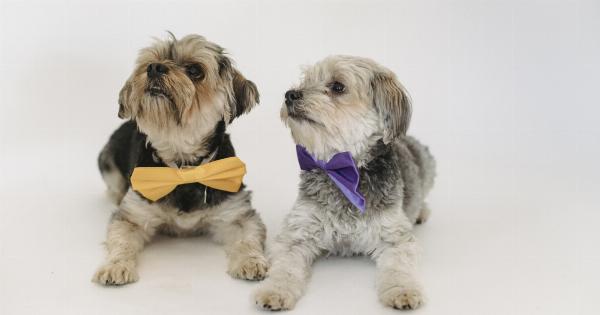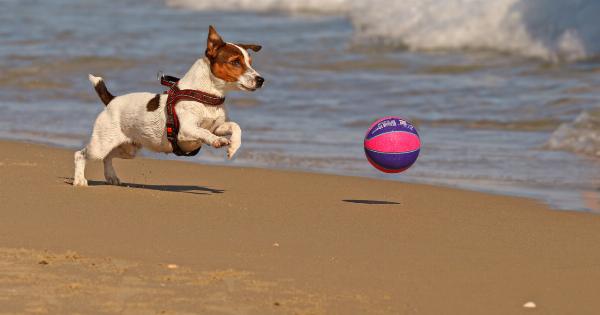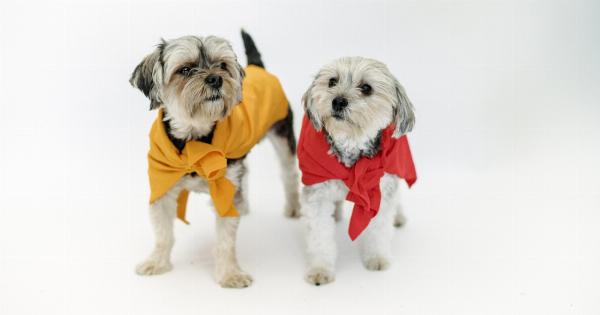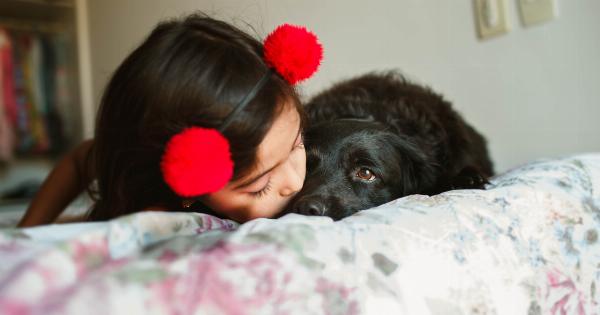The Cavalier King Charles Spaniel is a small, elegant, and regal-looking dog breed that has captured the hearts of many dog lovers around the world.
Known for their charming nature, friendly demeanor, and beautiful appearance, Cavalier King Charles Spaniels have become one of the most popular choices for both families and individuals looking for a loyal and loving companion. In this article, we will explore the history, characteristics, temperament, and breeding standards of this remarkable breed.
1. History
The history of the Cavalier King Charles Spaniel can be traced back to the royal courts of England.
These dogs were named after King Charles II, who had a great fondness for small spaniels, and they were a favorite breed among the British royals during the 17th century. However, it was not until the early 20th century that this particular breed was officially recognized.
In the 1920s, an American named Roswell Eldridge offered a prize of 25 pounds to anyone who could present an “old-fashioned” spaniel resembling those seen in 17th-century paintings.
This prize incentive led to the resurgence of the breed, as breeders started to focus on recreating the look of the original toy spaniels. Today’s Cavalier King Charles Spaniels owe their existence to those early enthusiasts who worked tirelessly to revive and preserve this elegant breed.
2. Characteristics
The Cavalier King Charles Spaniel is a small and sturdy dog, with a distinctive flat skull, a well-defined stop, and a long, silky coat that adds to its overall elegance.
Their expressive eyes are large, round, and dark, with a sweet and gentle expression. They have moderate-length ears that are set high and sit gracefully alongside their head.
This breed comes in four distinct colors: Blenheim (chestnut markings on a pearly white background), Tricolor (black markings on a white background with tan spots), Black and Tan, and Ruby.
Cavaliers have a graceful neck, a deep chest, and a feathered tail that adds to their natural beauty and charm.
3. Temperament
Cavalier King Charles Spaniels have an exceptionally friendly and affectionate temperament, which makes them an ideal companion for individuals of all ages.
They are known for their wonderful ability to get along well with children, other pets, and even strangers. Cavaliers are typically eager to please and are quick learners, which makes them highly trainable.
These dogs thrive on human companionship and have a strong desire to be part of the family. They are highly sociable and love to be involved in family activities.
Whether it’s going for a walk, playing in the park, or simply snuggling on the couch, Cavaliers are always happiest when they are in the company of their loved ones.
4. Breeding Standards
The Cavalier King Charles Spaniel has specific breeding standards that ensure the preservation of the breed’s desirable traits and characteristics.
Responsible breeders are dedicated to breeding Cavaliers that conform to these standards, both in terms of appearance and temperament.
When selecting breeding pairs, breeders consider factors such as health, conformation, and genetic history.
Health testing for conditions such as heart disease, eye problems, and neurological disorders is essential to maintain the overall well-being of the breed. Breeders also strive for a balanced temperament, as Cavaliers should be friendly, outgoing, and gentle.
5. Exercise and Care
Though Cavaliers have a regal and elegant appearance, they are not high-maintenance dogs when it comes to exercise. A moderate amount of daily exercise, such as a walk or playtime in the backyard, is sufficient to meet their needs.
However, it’s important not to overexert them, as they can be prone to obesity.
Regular grooming is essential to maintain their beautiful coat. Cavaliers have medium-length, silky fur that requires brushing to avoid matting and tangles.
Additionally, their ears should be regularly checked and cleaned to prevent any potential infections.
6. Health Issues
As with any breed, Cavaliers are susceptible to certain health issues.
Some of the most common health problems seen in this breed include heart murmurs, syringomyelia (a neurological condition), and eye diseases such as cataracts and progressive retinal atrophy. It is crucial for prospective owners to choose a reputable breeder who conducts necessary health screening tests to minimize the risk of these inherited conditions.
7. Training and Socialization
Cavalier King Charles Spaniels are intelligent dogs and respond well to positive reinforcement training methods. They have a natural desire to please their owners, making training a relatively easy process.
Early socialization is equally important, as it helps them develop into well-adjusted and well-behaved dogs.
Exposing Cavaliers to different people, animals, and environments from a young age ensures they grow up to be confident and friendly companions. Proper training and socialization lay the foundation for a balanced and happy adult dog.
8. The Beloved Companion
Due to their gentle nature and adaptability, Cavaliers make wonderful family pets. They are equally content playing with children, accompanying their owners on outdoor adventures, or simply lounging at home.
This breed’s loving and affectionate personality makes them excellent therapy dogs and companions for individuals with special needs or those in the elderly community.
It is important to note that Cavaliers thrive on human interaction and should not be left alone for long periods. They are prone to separation anxiety and may exhibit destructive behavior if they feel abandoned or isolated.
9. Conclusion
The Cavalier King Charles Spaniel truly embodies the qualities of a royal standard in the canine world. Their regal appearance, delightful personality, and rich history make them a beloved breed among dog enthusiasts.
Whether you are searching for a loyal companion, a family pet, or a therapy dog, Cavaliers are sure to capture your heart and bring joy to your life. With responsible breeding practices and proper care, this breed will continue to share its love and companionship for generations to come.
